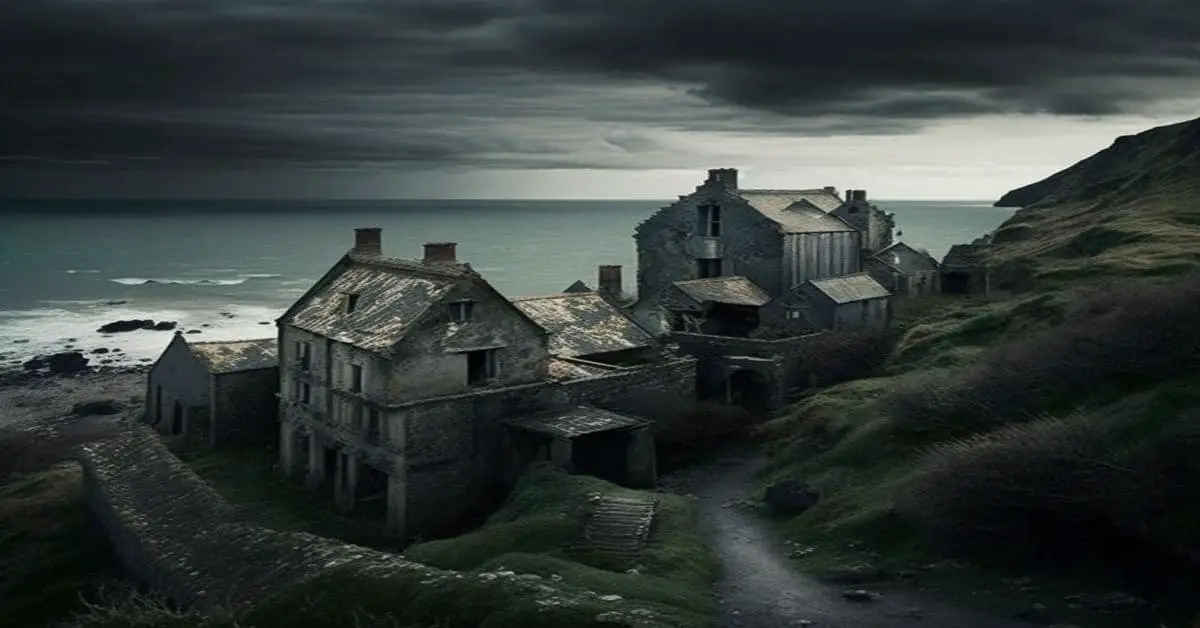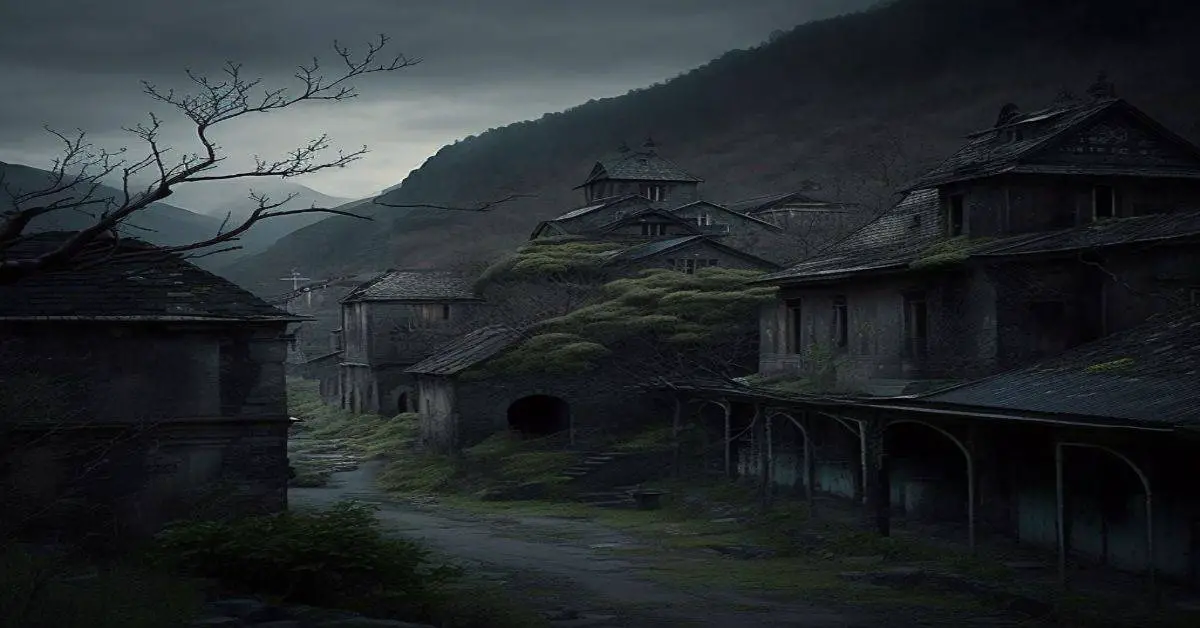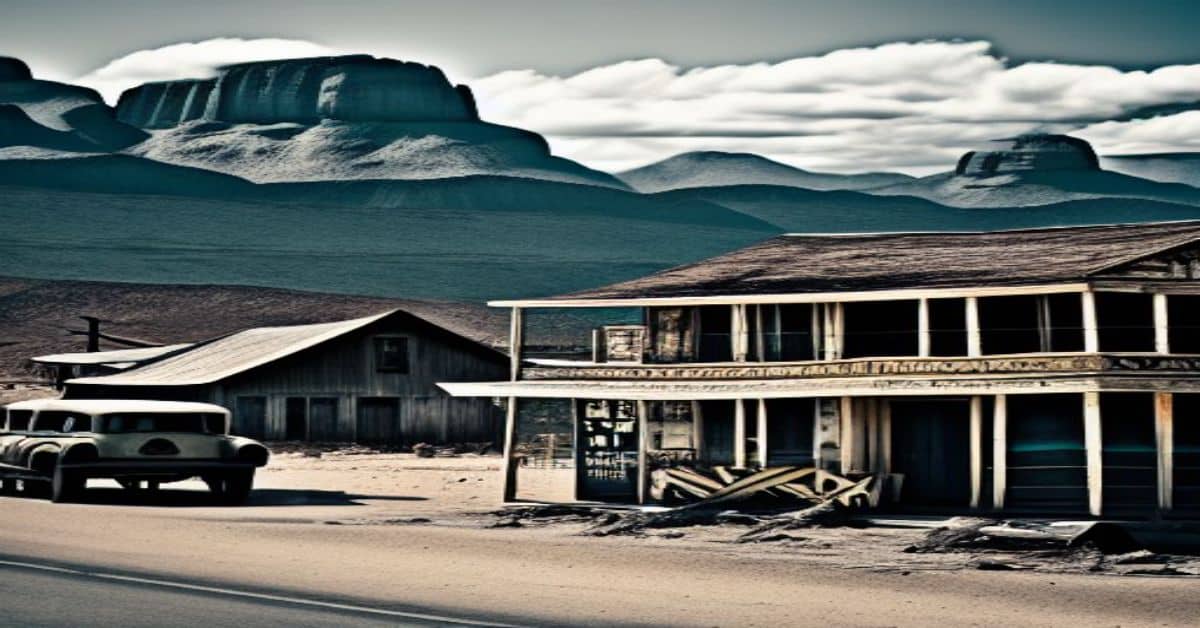Hillsboro, a small town nestled in the Mimbres Mountains of New Mexico, was founded in 1877 by two prospectors who discovered gold in the area. Despite facing numerous Indian attacks, the town grew and eventually became the county seat in 1884. The area mines produced millions of dollars in gold and silver, making Hillsboro a prosperous town for several decades.
However, a slowdown occurred, and Hillsboro lost its county seat status in 1938. The town still exists today, but its once-thriving economy has dwindled, leaving behind several restaurants, gift shops, galleries, and other small businesses.
Despite its current state, Hillsboro’s rich history and remaining original buildings make it an intriguing destination for visitors interested in exploring a once-prosperous ghost town. This article will delve into the history of Hillsboro, its current state, and its attractions to provide readers with an in-depth understanding of this unique destination.
Key Takeaways
- Hillsboro was founded in 1877 when two prospectors discovered gold in the area.
- Despite Indian attacks, the town grew and became the county seat in 1884.
- Hillsboro’s mines produced about $6 million in gold and silver.
- While the town still exists today, it is barely surviving and has lost its status as the county seat.
History of Hillsboro
The history of Hillsboro reveals that the town was founded in April 1877 by two prospectors, Dan Dugan and Dave Stitzel, who discovered gold on the east side of the Mimbres Mountains along Percha Creek.
The area soon attracted other miners and prospectors, and despite fierce Indian attacks, the town grew and became the county seat in 1884.
Hillsboro’s success as a mining town was evident in the $6 million in gold and silver that its mines produced.
However, the Native presence in the area constantly threatened the town’s residents.
Despite the dangers, Hillsboro thrived until it lost its county seat status to T or C in 1938.
Today, the remains of the old county courthouse still stand as a testament to Hillsboro’s once-prosperous past.
Current State and Attractions
Currently, the area of Hillsboro offers a range of amenities for visitors to enjoy. These include several restaurants, gift shops, galleries, a museum, a garage and grocery, a bed and breakfast, a salon, a library, a post office, and a bank.
While the town is no longer as prosperous as once, it still has a few businesses catering to locals and tourists. Additionally, the town still has many original buildings and current residences, which provide a glimpse into its rich history.
Despite the town’s decline, Hillsboro still has tourism potential. Its unique history and abandoned buildings make it an intriguing destination for those interested in exploring ghost towns. Moreover, the town’s location near the Mimbres Mountains and Percha Creek offers hiking and outdoor recreation opportunities.
While Hillsboro may not be as lively as it once was, it still has much to offer for those seeking a glimpse into the past and a peaceful retreat from modern life.
Discovery and Growth
Founded in April 1877, Hillsboro’s initial growth was fueled by the discovery of gold along Percha Creek. The prospectors who discovered the site used traditional prospecting techniques, such as panning and picking and shoveling, to extract the precious metal from the ground.
As news of the discovery spread, more miners and prospectors arrived in Hillsboro, and the town grew rapidly. However, the growth of the town was not without its challenges. The area was home to several Native American tribes, including the Apache and Comanche, who fiercely resisted the influx of outsiders.
Indian attacks were common, and many settlers lost their lives in the struggle to control the land. Despite these challenges, Hillsboro continued to grow, and by the early 1880s, it was a bustling mining town with a population of over 1,200 people.
The mines in the area produced about $6 million in gold and silver, and the town became the seat of Sierra County in 1884. However, as the mines began to play out, the town’s fortunes began to decline, and by the 1930s, it had lost its status as the county seat to Truth or Consequences.
Today, Hillsboro is a shadow of its former self, but its history lives on in the many original buildings and current residences still in the town.
Frequently Asked Questions
What was the largest industry in Hillsboro besides mining?
There is no evidence to suggest that there was any significant agricultural production or manufacturing industry in Hillsboro, aside from the mining industry. The town’s economy primarily depended on producing gold and silver from the area’s mines.
Were there any famous residents or visitors to Hillsboro?
Hillsboro’s cultural significance is not linked to any famous residents or visitors. However, the town’s history as a prosperous mining community and county seat in the late 1800s is noteworthy. The remains of the old county courthouse still stand, and the town is home to various businesses and a museum.
What is the population of Hillsboro today?
As of the 2010 census, Hillsboro had a population of 124. The current demographic is primarily retired individuals and artists. While the town still has some economic activity, tourism largely sustains it.
Has Hillsboro ever been featured in any movies or TV shows?
Hillsboro, New Mexico has been a tourist attraction for its historic significance. It has been featured in several films such as “Convoy”and “Guns and Guitars”as a shooting location due to its authentic western vibe.
Are there any urban legends or ghost stories associated with Hillsboro?
Haunted tales and folklore legends surround Hillsboro, with stories of a ghostly woman in a white dress and a lost miner’s gold still hidden in the hills. These legends add to the mystique of this once-prosperous New Mexico town.


